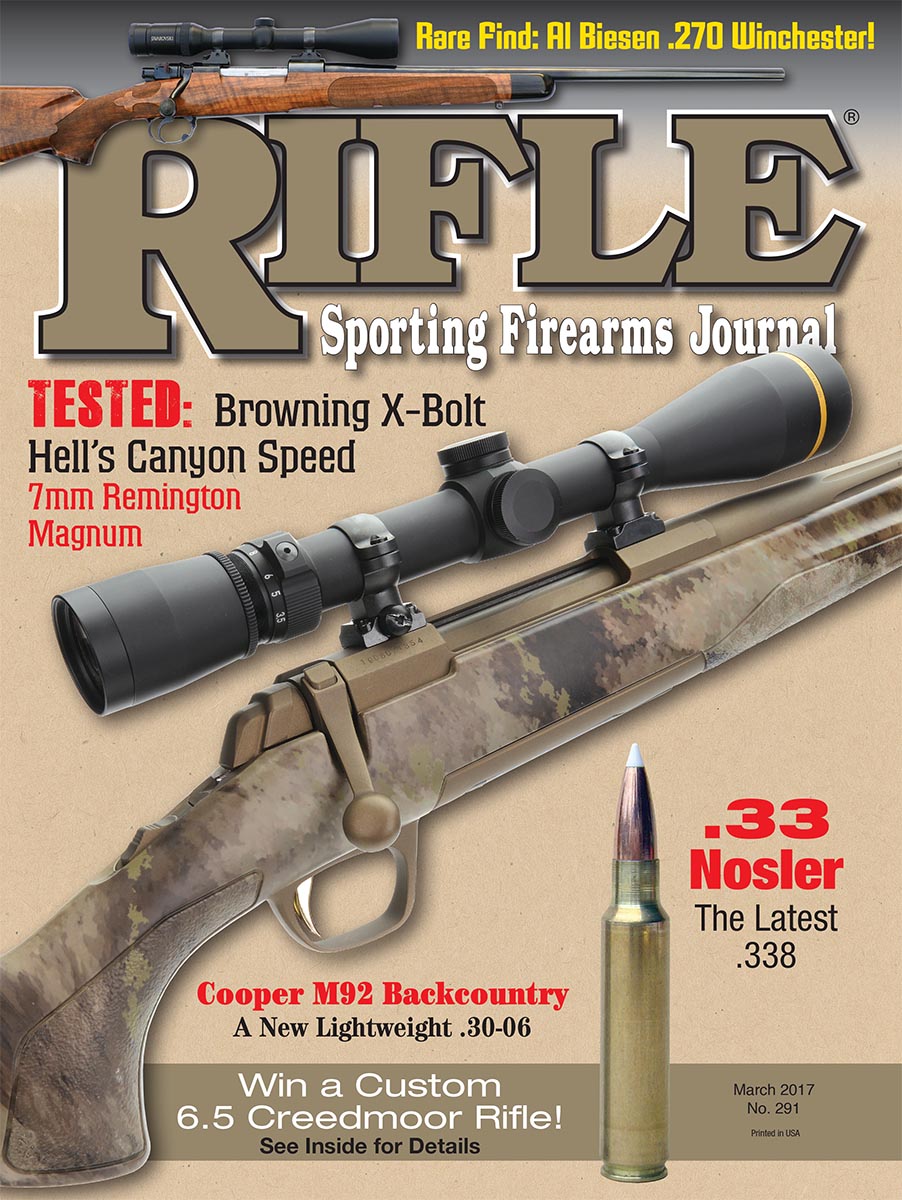Cooper Model 92 Backcountry
A New Lightweight .30-06 from Montana
feature By: Stan Trzoniec | March, 17
With tighter restrictions in some areas, and the lack of open space in others, some hunters are being forced to find their game elsewhere. Longer treks require lighter rifles, and to this end, Cooper Firearms has introduced its new Model 92 Backcountry bolt rifle. Checking in under six pounds without a scope, rings or ammunition, this rifle has all the features that shave it to the bone in overall weight.
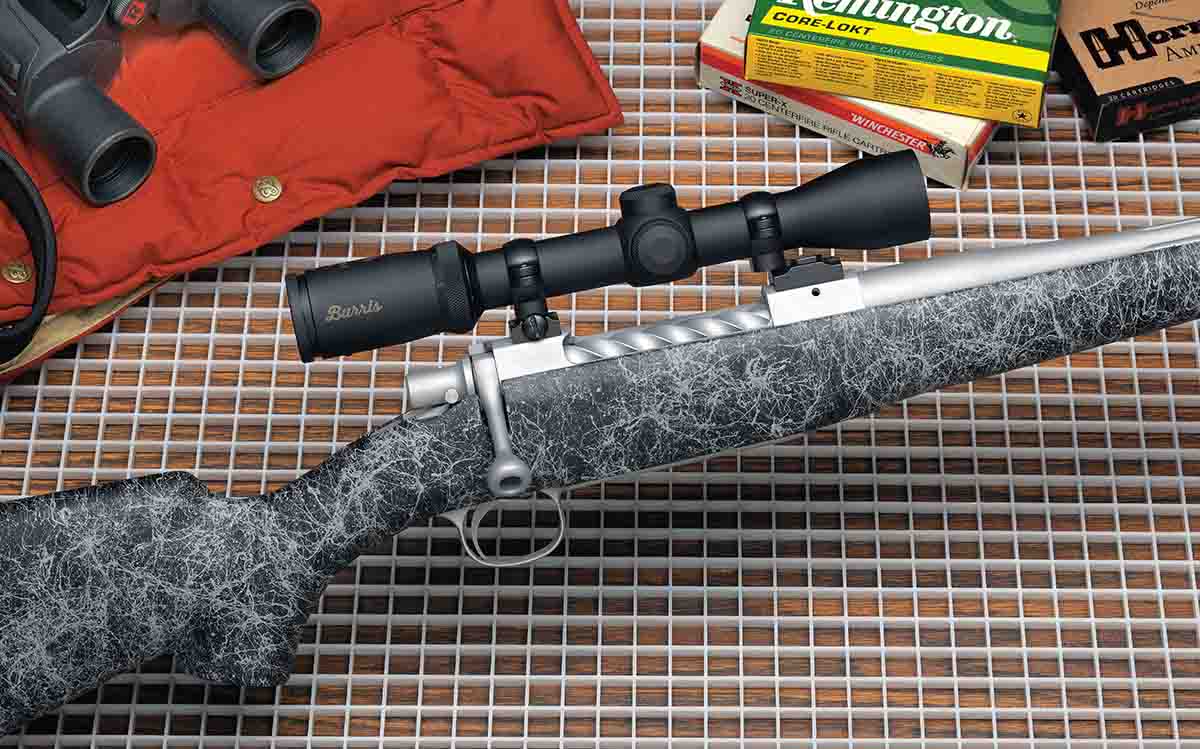
Cooper Firearms was started in 1990 by Dan Cooper and a handful of craftsmen from Kimber of Oregon. The company first came up with the Model 36 .22 Long Rifle aimed at the competitive field of smallbore shooters. Three years later, the first centerfire rifles included a three-lug bolt design and a single shot for the .223 Remington. Without a magazine cutout in the stock, stiffness was increased as well as accuracy, a boon to small-game and varmint hunters. From here, it was uphill with the introduction of longer actions to accommodate a wider range of cartridges with various stock designs, finishes and custom accents.
The first thing that caught my attention was the wide variety of varmint-type wildcats the company offered in many of its rifles. For example, I have a Custom Classic .221 Fireball complete with fancy wood, fleur-de-lis checkering with ribbons, an ebony tip, matte finish and a special serial number. It will almost place three shots on top of each other. Another rifle is chambered in the .17 Mach IV and, at less than six pounds, is perfect as a walking varminteer complete with a Leupold 2-7x scope. I also have a Cooper .218 Mashburn Bee.
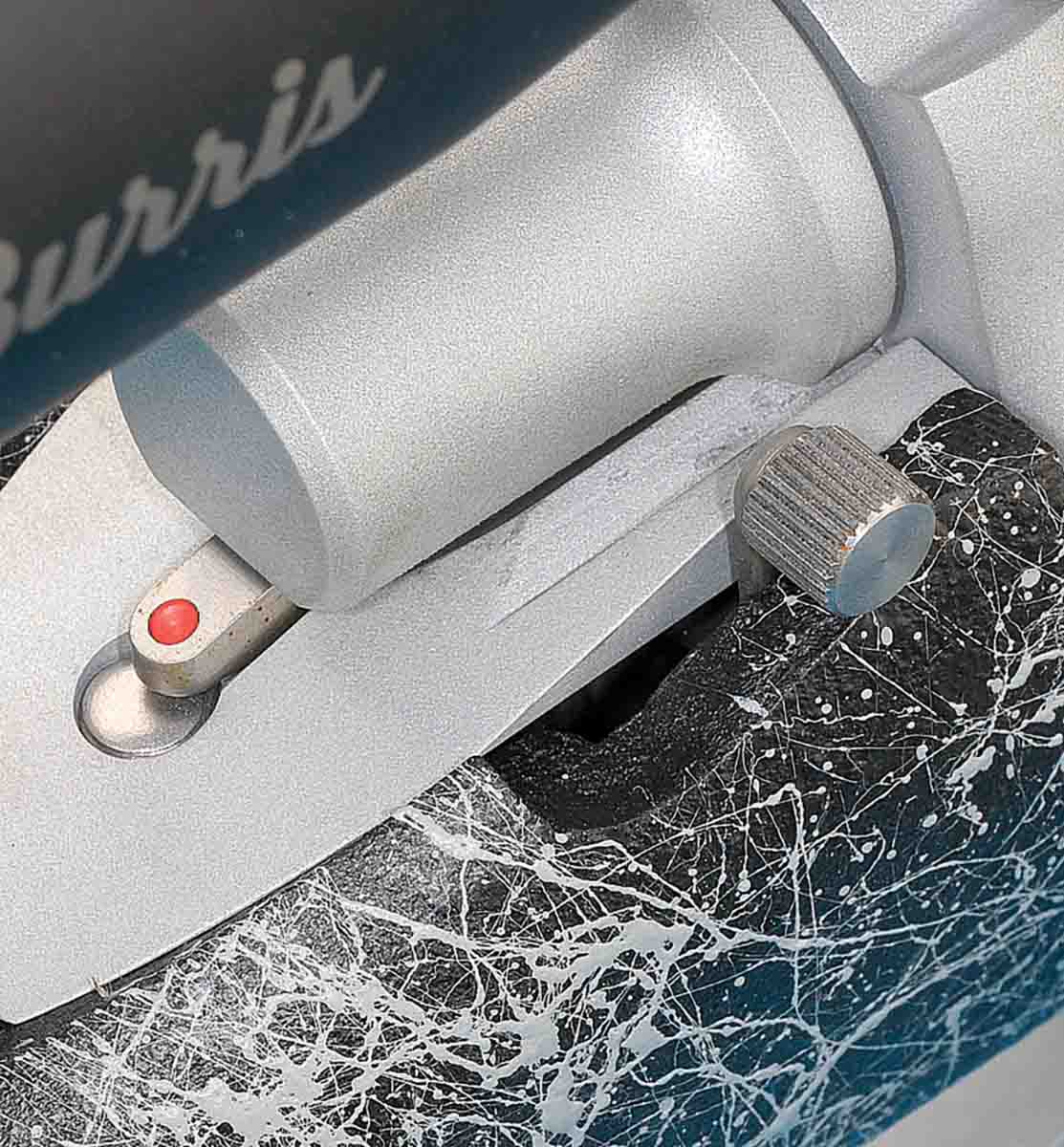
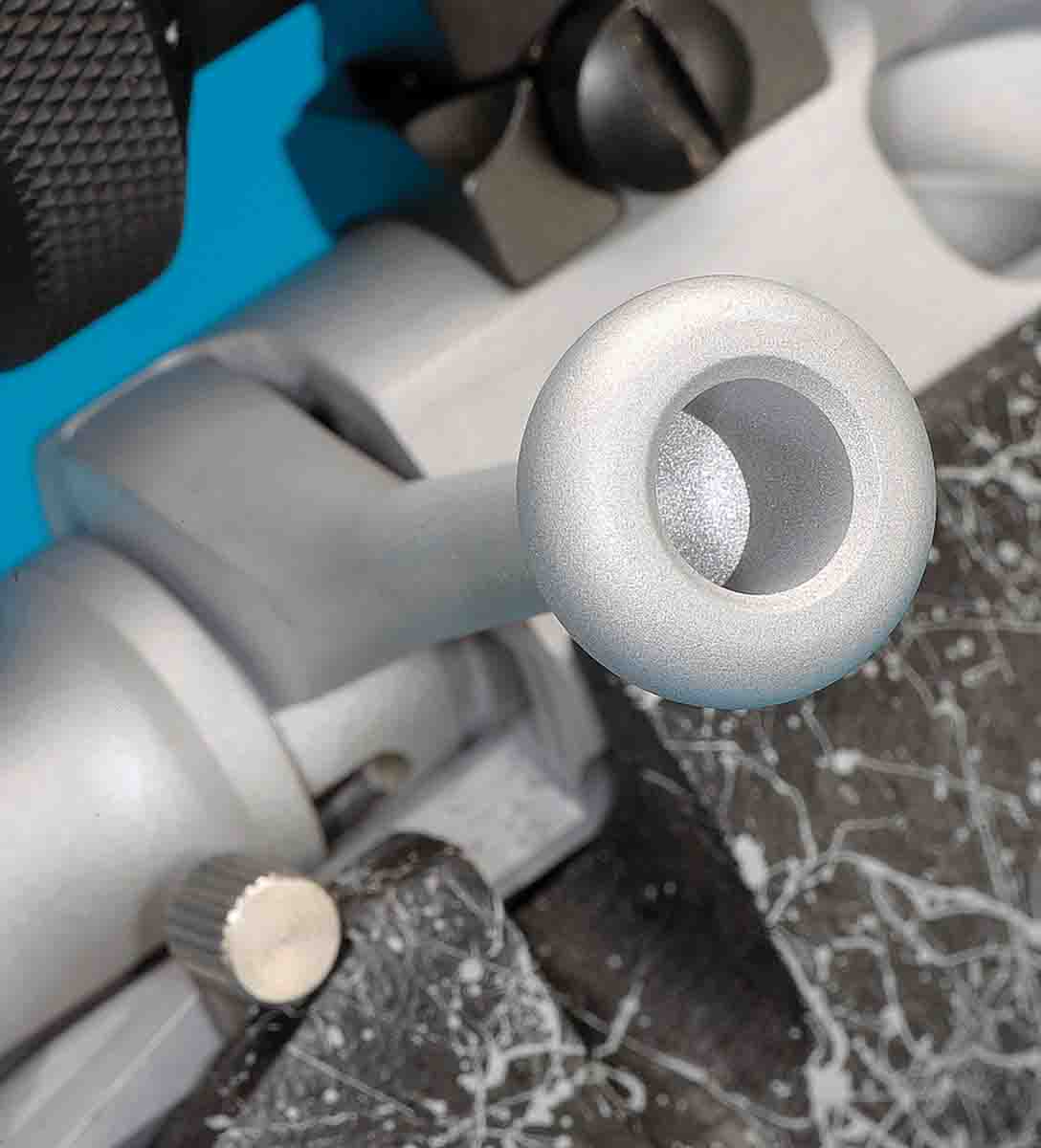
Today, Cooper makes 15 different stock styles; from classic to California-styled combs and synthetic-stocked guns, all are available in numerous calibers for varmint to big-game use. While all are made to order, Cooper’s custom shop offers various additional options, fancy wood or engraving. A list contains more than 30 different options, including exhibition Claro walnut, Niedner steel buttplate, checkered bolt knob, quarter-rib and even a fluted barrel.
The Model 92 Backcountry is a lightweight rifle that handles harsh elements. According to Cooper – and I don’t have a formal list yet – the Backcountry is available in all standard long-action and belted magnum cartridges up to the .338 Winchester Magnum, which considering the weight, would be more than enough cartridge for most hunting.
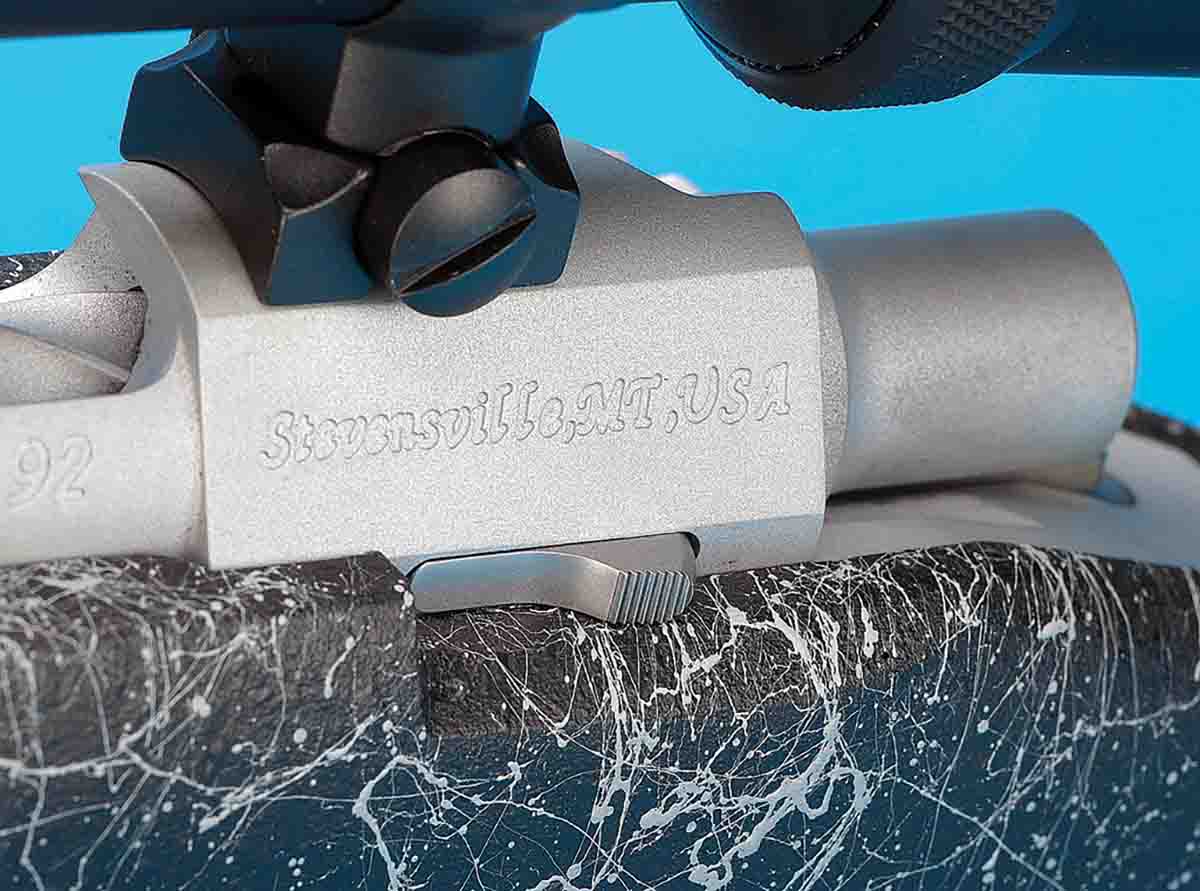
The action is machined from stainless steel; it is obvious where ounces were cut to save weight. For example, the receiver has been machined flat, instead of having round sides, to save weight on the front and rear receiver bridges. The bolt handle has been slimmed down somewhat and has been relieved of metal on the very end. The receiver, like the rest of the action, is matte finished for appearance, as is the bottom metal, barrel and bolt.
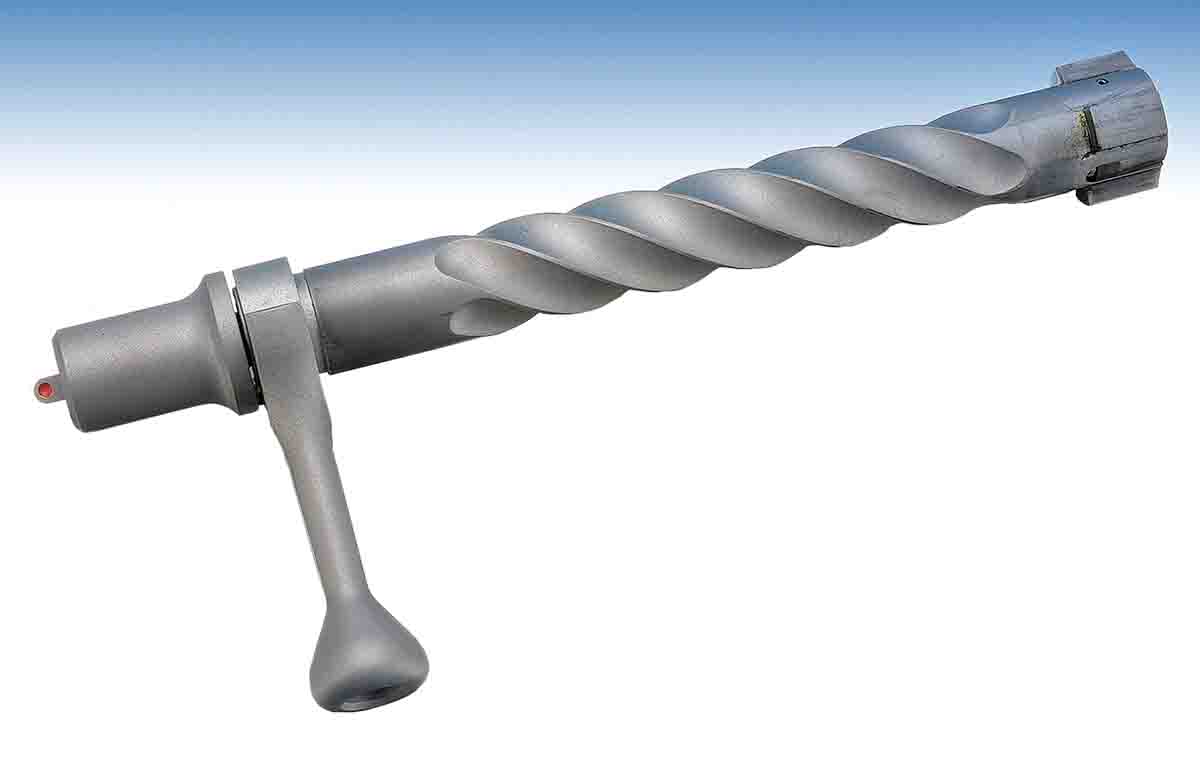
The receiver has been designed for long and magnum cartridges and measures 53⁄4 inches from the bolt face to the front of the bolt handle with a diameter of 0.700 inch. On the bolt face, there is a traditional plunger-type ejector and a Sako-styled extractor. Three locking lugs secure the bolt, but this type of design adds to the heft of cocking the gun on the upswing of the bolt handle. Bolt operation, nevertheless, is smooth, and only a slight tip of the rifle allows the unlocked bolt to travel to the rear stop. Finally, to reduce weight, the bolt has spiral fluting, and removing it from the rifle showed that Cooper had indeed accomplished its mission in reducing weight.
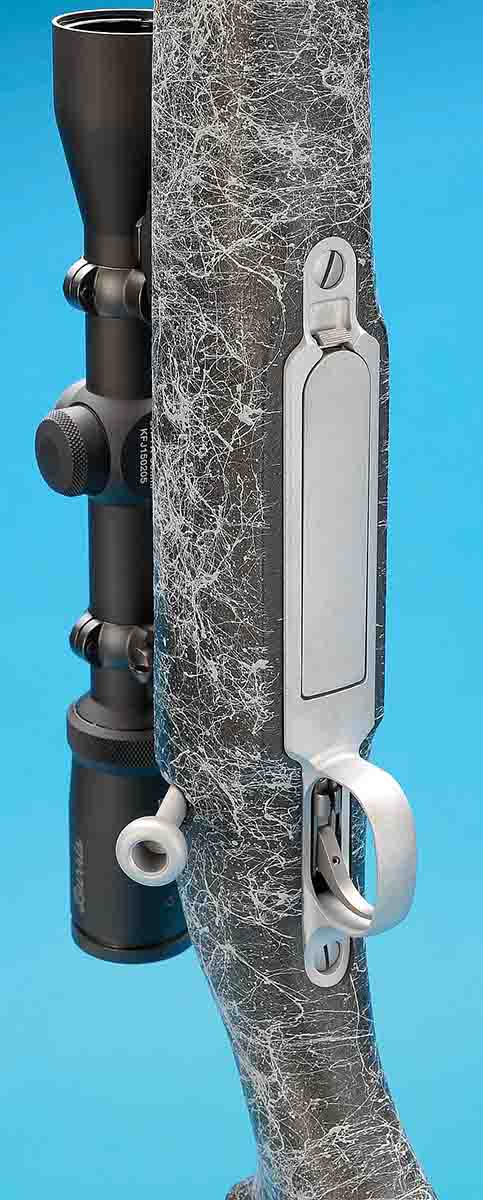
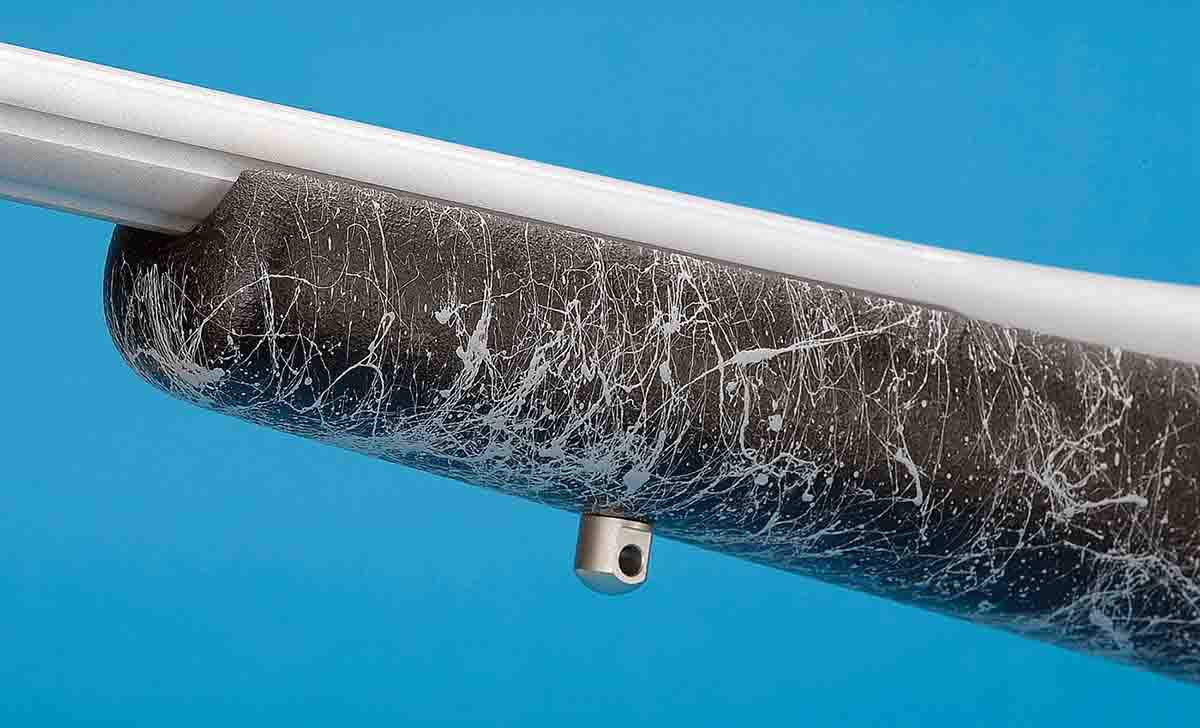
The trigger guard and magazine well did not respond to a magnet, so I assume it is an alloy, again to keep the weight down. The magazine is a single column, holds three rounds and when installed is flush with the base of the floorplate. It glided into the magazine well with the greatest of ease, and when pressing the release forward of the magazine, it dropped right into my hand with little effort.
The Wilson barrel is 24 inches long, and the addition of a short muzzle brake adds another 2 inches to the overall length. The barrel is fluted to save weight and tapers from 1.150 inches at the receiver to 0.615 inch at the muzzle end of the brake and is complete with a target crown. The barrel is attached to the receiver interspaced with a recoil lug that sits well into the bedding of the stock. To keep the lines of the rifle, the muzzle brake has moderate spiral fluting to match the look of the bolt. There are 24 holes drilled into the muzzle brake, and it was installed so precisely that the line between barrel and brake is hardly distinguishable.
Removed from the receiver, the stock weighs only 11⁄2 pounds. It is black in color, with gray “webbing” and no checkering. According to Cooper literature, it is handmade from a composite material that has twice the strength of wood and is lighter by 50 percent. A quick look inside shows it is bedded properly forward of the magazine well and reinforced at the stock screws with aluminum pillars. Manufactured in Stevensville, Montana, all inletting around the periphery of the action is true to form with no unsightly gaps around the safety, bolt handle and magazine well.
For hunting use, the stock has been well thought out. At the forend, for example, the stock is two inches in width, which is perfect for holding the rifle with the off hand. It bows out slightly around the magazine well, then somewhat again at the pistol grip. Interesting to note is that for both right- and left-hand shooters there is a moderate palm swell. There is no cheekpiece, but there is a high comb to help line up your eye to the reticle of the scope. The butt of the stock is hollow with internal bracing and is finished off with a Pachmayr Decelerator recoil pad and sling-swivel studs.
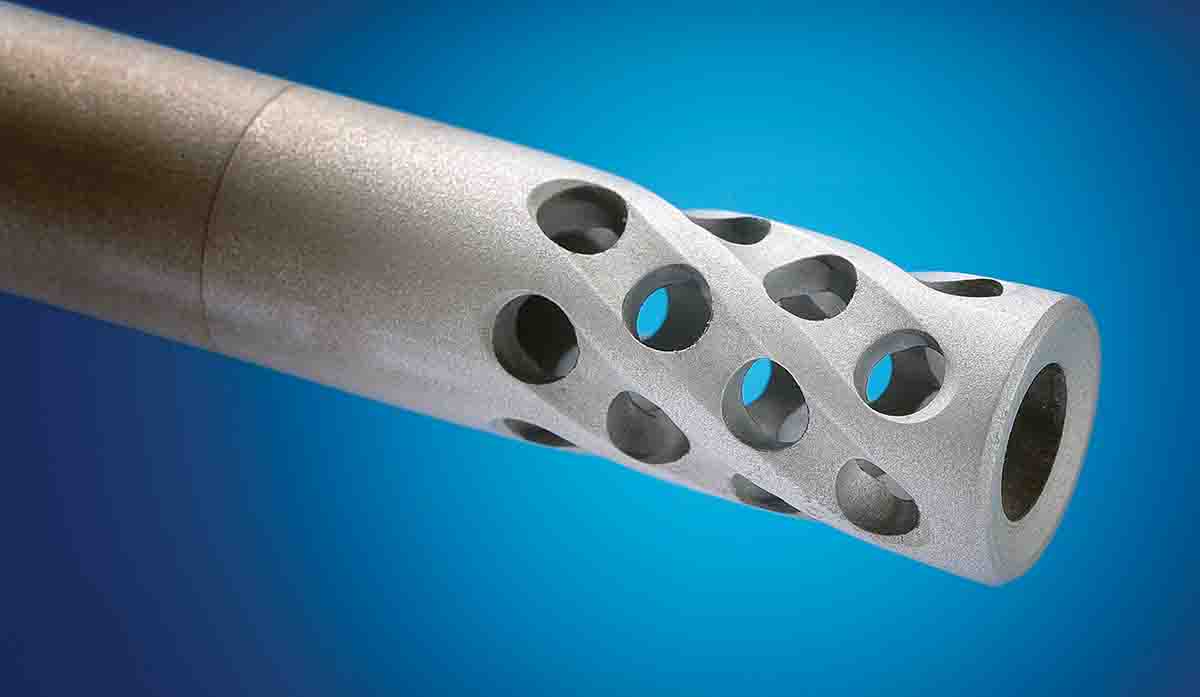
To keep the lightweight theme going, I installed a Burris Fullfield II scope with a 2-7x magnification range and a 35mm objective lens. Because of the shorter distance between the front bell and the rear zoom ring, an offset front ring was installed in order to make the scope fit on the rifle.
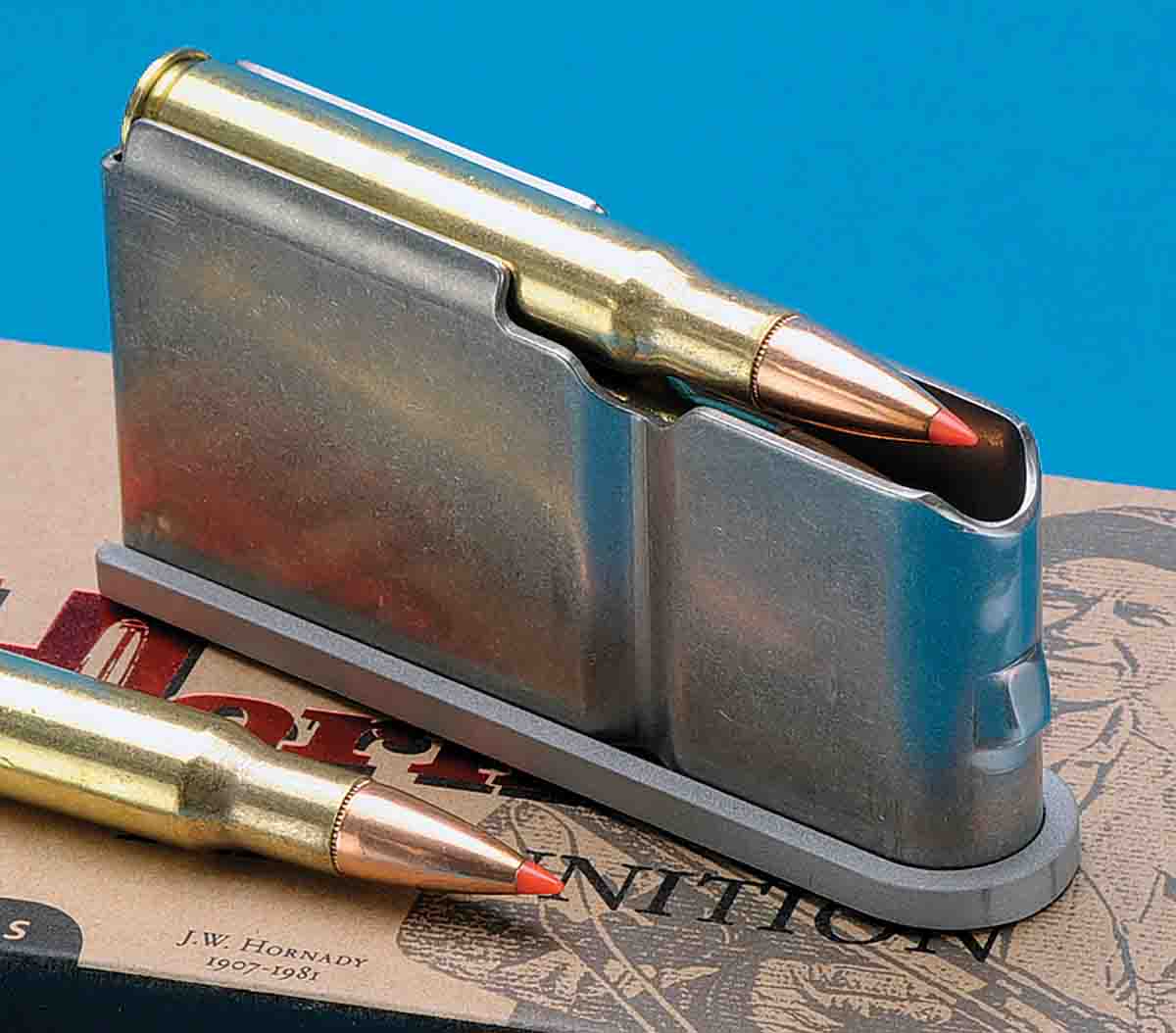
Range testing the .30-06 in a 6+ pound rifle can be tiresome for sure. Cooper rifles are designed to shoot .5-inch groups with premium factory ammunition, and out of the 20 or so three-shot groups I fired, I did have one that hit the advertised .5-inch mark. While I don’t expect every group to be .5 inch for three rounds, for the most part, most of the groups did average around an inch to 1.5 inches.
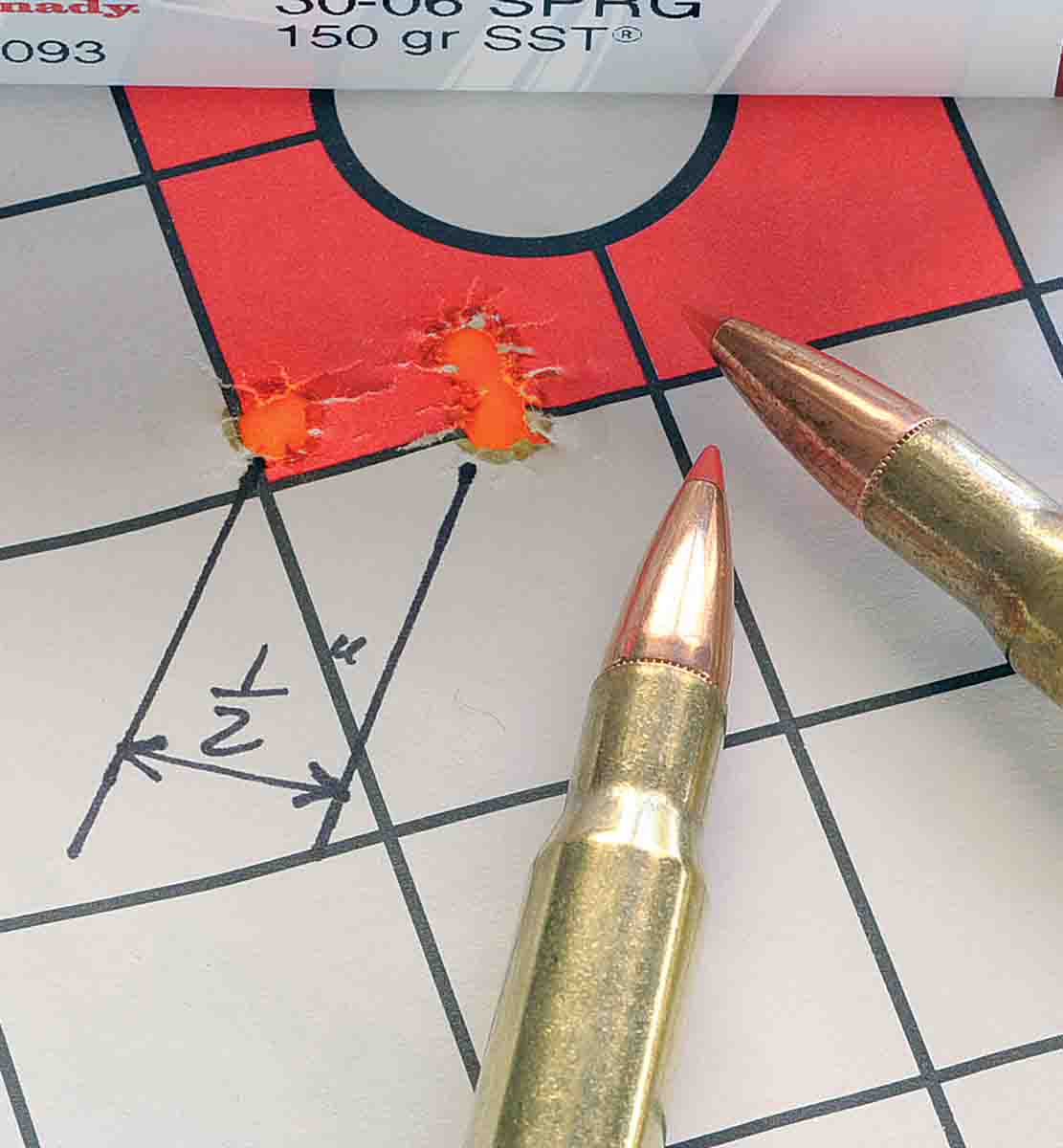
With a variety of ammunition, my cursory results were quite reasonable for hunting-rifle accuracy. What really grabbed my attention, however, was how close the various bullet weights were when it came to trajectory. For all practical purposes, all but one could be counted on to hit within one inch or less of each other even out to 400 yards. This simply means that if you take the time before an important hunt to precisely zero your rifle, shoot groups and take note where each load impacts, bullet weights of 150, 165 and 180 grains could be taken on the same hunt for different game.
For a light rifle partnered with the .30-06 cartridge, the stock cushioned the apparent recoil to the point where it felt like I was shooting a .270 Winchester or smaller cartridge. The muzzle brake did help, and the stock seemed to give a little during each shot, combined with the Pachmayr Decelerator pad. While I assume shooting a larger cartridge like the .300 or .338 Winchester Magnums would make a difference, hunters should have no trouble with recoil in the field with this lighter-than-normal rifle.
.jpg)
.jpg)
.jpg)


